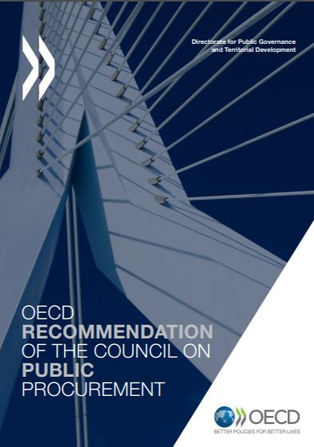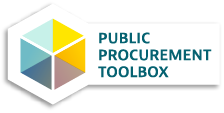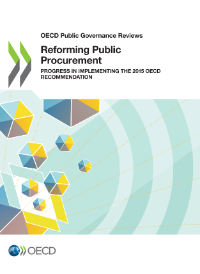Public Procurement Recommendation
Public procurement is the cornerstone of strategic governance
Public procurement is a crucial pillar of services delivery for governments. Because of the sheer volume of spending it represents, well governed public procurement can and must play a major role in fostering public sector efficiency and establishing citizens’ trust. Well-designed public procurement systems also contribute to achieving pressing policy goals such as environmental protection, innovation, job creation and the development of small and medium enterprises.
The OECD Recommendation on Public Procurement
The OECD Recommendation on Public Procurement is the overarching OECD guiding principle that promotes the strategic and holistic use of public procurement. It is a reference for modernising procurement systems and can be applied across all levels of government and state-owned enterprises. It addresses the entire procurement cycle while integrating public procurement with other elements of strategic governance such as budgeting, financial management and additional forms of services delivery.
This 2015 Recommendation builds upon the foundational principles of the 2008 OECD Recommendation on Enhancing Integrity in Public Procurement, expanding them to reflect the critical role governance of public procurement must play in achieving efficiency and advancing public policy objectives. By helping governments to better meet their policy objectives, well-governed public procurement contributes directly to greater public trust, enhanced well-being and more prosperous and inclusive societies.
ALL LANGUAGE VERSIONS
- Recommendation in English
- Recommandation en français
- Recomendación en Español
- Recomendação em Português
- (Arabic version - توصية المجلس بشأن المشتريات العامة (عربي
- (Chinese version) - OECD理事会关于公共采购的建议
- (Japanese) (日本語版)公共調達に関する理事会勧告
- (Russian) Рекомендация Совета Оэср по вопросам Государственных Закупок
The Public Procurement Toolbox is an online resource that guides you in implementing the OECD Recommendation on Public Procurement. In addition to exploring each of the 12 principles of the Recommendation, the Toolbox provides policy tools, country examples and indicators to measure your public procurement system.
RELATED OECD Guiding Principles


